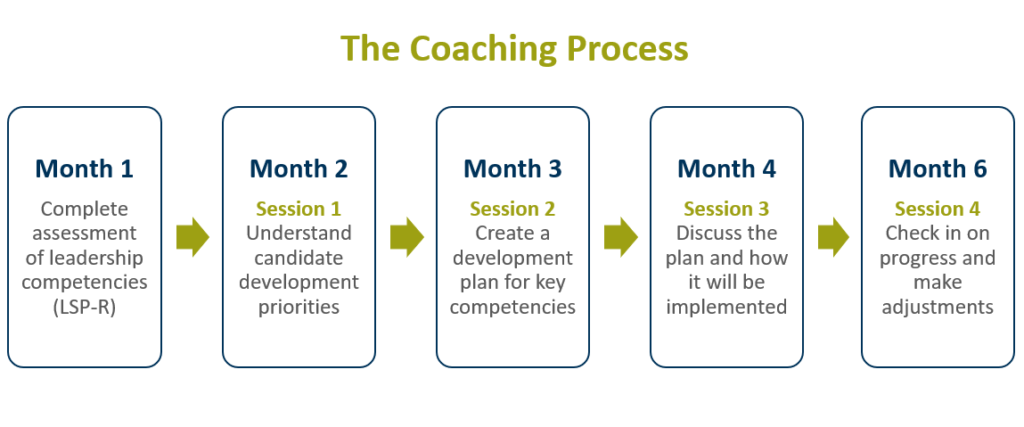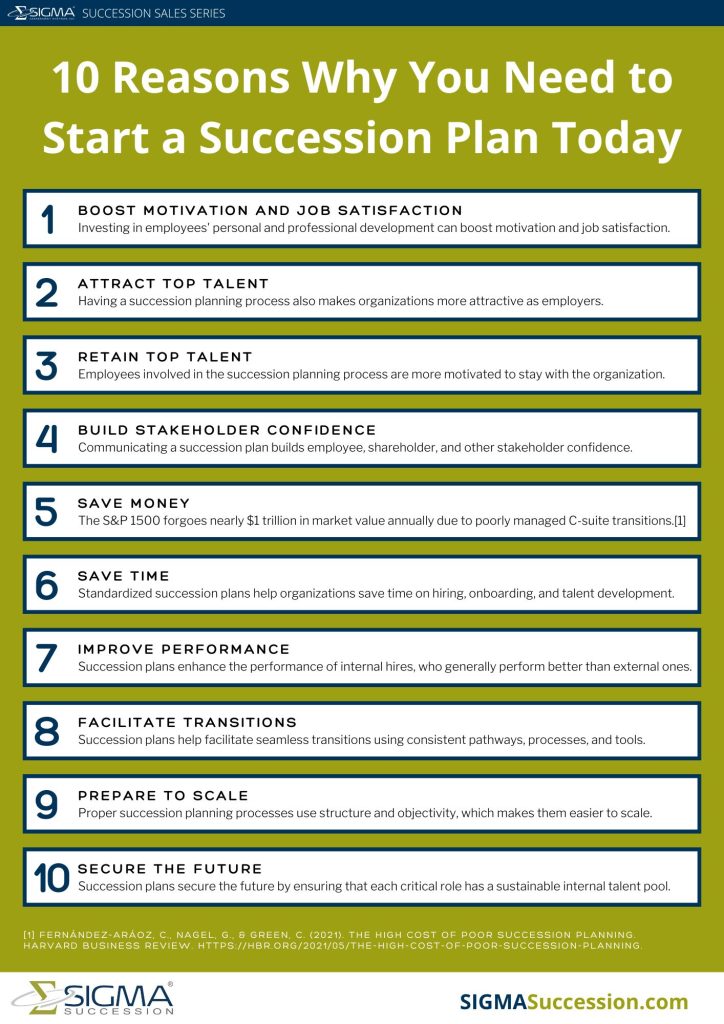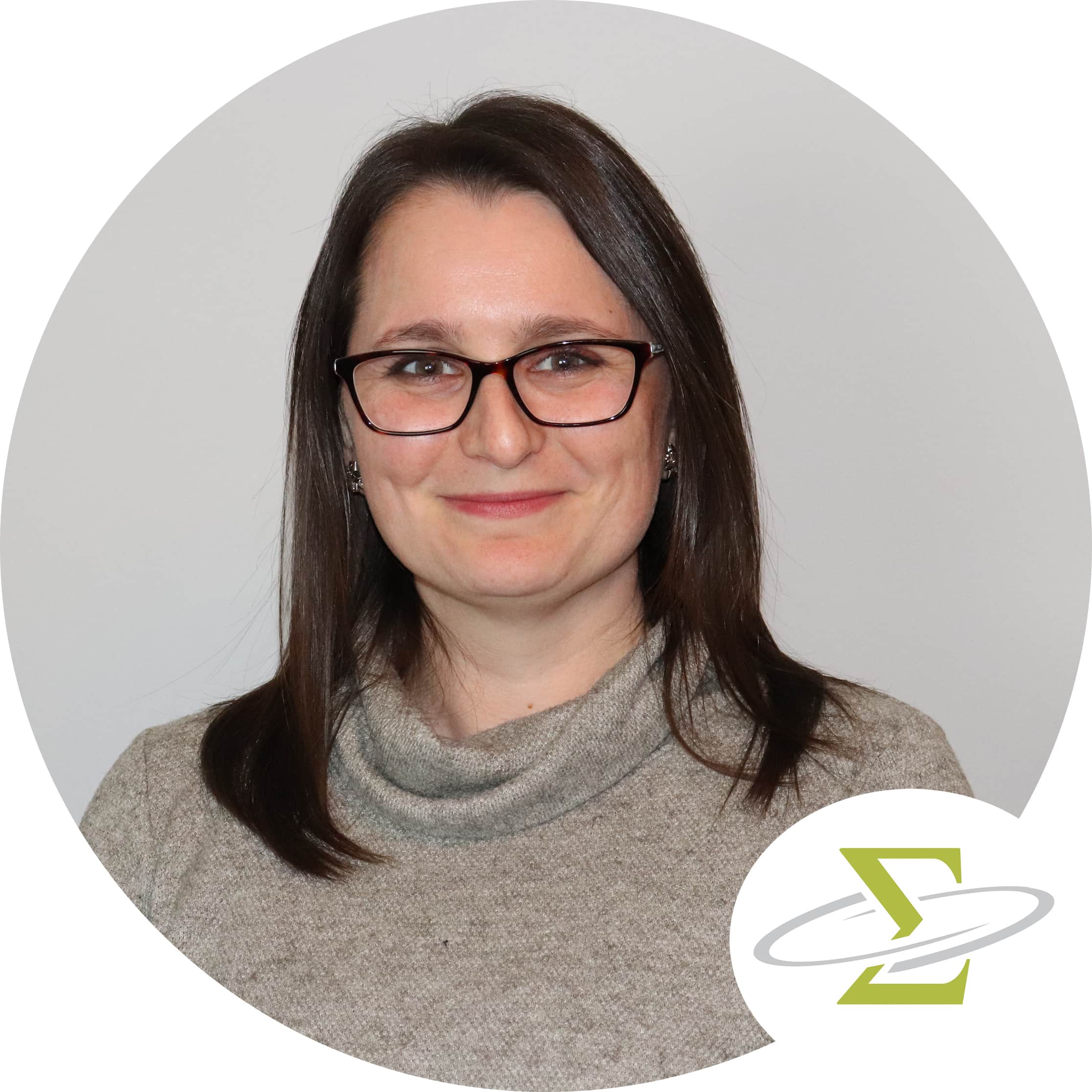How to Communicate Your Succession Plan in 3 Steps
Communication is necessary for the execution of a successful succession plan. To get stakeholders onboard, a business case for succession planning needs to be made and communicated – in the right way, at the right time. In this blog, we will explain how to introduce the succession planning process and communicate succession effectively throughout an organization.
How to Introduce Succession Planning
Significant strategic processes like organizational succession planning need to be communicated to the right people in the right order. The first step to starting succession planning is to introduce the concept and get buy-in from senior leaders. This is an important conversation, and it should happen before planning begins. Start by meeting with senior leaders to explain what succession planning is, why it is important, and seek their approval to begin planning. For support on communicating succession planning and getting engagement from upper management, see our workbook Getting Senior Management Buy-In for Succession Planning. Additional resources include SIGMA’s 6-Step Succession Planning Process and Succession Planning Guide.
How to Communicate Your Succession Plan in 3 Steps
Succession planning should be communicated to members of an organization in three stages:
- Engage the Succession Advisory Team.
- Share the plan with leaders across the organization.
- Inform candidates of their role in the process.
Step 1: Engage the Succession Advisory Team
Succession planning requires time and effort from many stakeholders across the organization. To support the long-term implementation, communication, and maintenance of a succession plan, we recommend forming a Succession Advisory Team (SAT). This team of leaders will set succession planning goals, hold participants to timelines, and champion the succession plan throughout the organization. For more information, read our step-by-step guide to Creating a Succession Advisory Team.
How to Engage the SAT with Succession Planning
Once the SAT has been formed, schedule an initial meeting. During this meeting:
- Introduce the concept of succession planning.
- Explain why the organization has decided to pursue succession planning.
- Outline SIGMA’s 6-step succession planning process.
- Estimate timelines for implementation.
- Explain each leader’s role within the plan.
- Describe expectations placed on individuals as a result of the role.
- Pause for questions and discussion.
How to Start Succession Planning
Once the SAT is familiar with the implementation process, planning can commence. To begin creating the succession plan, decide which roles are critical to the success of the organization. List potential succession candidates for each role and communicate development needs for each candidate. Consider whether internal coaches will be selected, or third-party coaching or a talent development agency will be sourced externally. It is also important to decide which leaders, beyond the SAT, will be involved in the succession planning process — this will likely be anyone who currently occupies a critical role. Finally, prepare to engage these leaders and the board of directors throughout the succession planning process.
Step 2: Share the Plan with Leaders Across the Organization
After getting the SAT up to speed, it is time to include other leaders in the planning process. These people will play an important role in carrying out the foundation of the plan developed by the SAT. Leaders may include executives, managers, team leads, human resources professionals, administrative staff, current incumbents of critical roles, and anyone else who might be beneficial for the execution of a talent development process, excluding the succession candidates themselves.
Once the list of leaders has been finalized, send an email to announce that the organization has started a succession planning process, and invite the selected leaders to an introductory meeting to learn more.
How to Share the Succession Plan with Organizational Leaders
At the leadership meeting:
- Introduce the concept of succession planning.
- Explain why the organization has decided to pursue succession planning.
- Outline SIGMA’s 6-step succession planning process.
- Introduce the SAT and explain that they hold primary responsibility for the implementation of the succession plan. Highlight any progress made by the SAT so far.
- Explain each leader’s role within the plan.
- Clarify the expectations placed on individuals as a result of the role.
- Pause for questions and discussion; solicit feedback.
These leaders may have questions about the succession planning process, and they will likely face questions from their own direct reports in the future. For answers to common questions, review our Succession Planning FAQ.
Step 3: Inform Candidates of Their Role in the Process
The final step in communicating the succession planning process is to inform candidates of their roles and responsibilities. This communication should be implemented by the leaders selected in Step 2 of the planning process, not by the SAT itself. In their communication, leaders should be transparent about the purpose and process of succession planning at the organization, as well as each person’s role in the succession planning process.
Before speaking directly with succession candidates, leaders should meet with their entire team to introduce the organization’s succession planning process and make sure everyone is informed and on the same page. Start by sending an email to the entire team, including a brief explanation of what succession planning is and why it is being introduced, an invitation to a team meeting where more information will be communicated, and notice that one-on-one meetings will follow.
How to Inform Employees of Their Role in the Succession Planning Process
At the team meeting:
- Explain what succession planning is and why it is being implemented.
- Outline the goals of the succession planning process.
- Summarize SIGMA’s 6-Step succession planning process.
- Review what has been done by the SAT, leadership, and board of directors to date.
- Explain what the next steps will be.
- Pause for questions and discussion.
After the team meeting, meet with each employee individually to discuss their involvement in the succession plan. Start these meetings with a conversation about the employee’s career ambitions and personal development goals. Next, review their succession bench position, including current readiness for the role. For those who are not succession candidates, discuss the reasons why they are not currently being considered and communicate what needs be done to become a candidate in the future.
SIGMA’s Succession Candidate Coaching Process
For those who are succession candidates, explain the coaching process (see Figure 1). Encourage questions throughout the meeting, and take time to address any concerns the employee may have.

10 Reasons Why You Need to Start a Succession Plan

Ready to Get Started?
If you’re ready to start your succession planning process, explore SIGMA’s Succession Planning Launch. Our consultants can help you get six months of work done in only six hours! By the end of the session, you’ll know how to launch a robust succession planning process and have a customized 12-month succession plan for each member of your leadership team. Contact us for more information on how to communicate your succession plan or reach out to our consulting team below. We are always happy to chat!
Meet the Team

Erica Sutherland, Ph.D.
Senior Consultant & Executive Coach
Erica completed her Ph.D. in Industrial-Organizational psychology at Western University. She is a Senior Consultant at SIGMA, where she delivers consulting services and Succession Planning solutions to clients. As a member of SIGMA’s executive coaching team, Erica works one-on-one with leaders to develop talent. She also brings her expertise in measurement and psychometrics to the R&D team, assisting with the development and validation of SIGMA’s many assessments.

Brittney Anderson, Ph.D.
Senior Consultant & Executive Coach
Brittney is a member of our coaching and consulting team. She brings her expertise in evidence-based practice to provide companies with leadership solutions that meet their needs. Primarily, Brittney helps her clients prepare for their future with succession planning and comprehensive leadership development programs. As an executive coach, she helps leaders hone their skills using a process-based approach to development.

Arieana Thompson, Ph.D.
Senior Consultant
Arieana is a senior leadership consultant. She believes in positively transforming the modern-day workplace through thought-provoking, evidence-based insights. Arieana is a subject matter expert in executive leadership, succession management, wellness cultures, and employee growth. In her work at SIGMA, she supports executive teams with succession planning and leadership development and assessment.